Click here and press the right key for the next slide (or swipe left)
also ...
Press the left key to go backwards (or swipe right)
Press n to toggle whether notes are shown (or add '?notes' to the url before the #)
Press m or double tap to slide thumbnails (menu)
Press ? at any time to show the keyboard shortcuts
Blindsight


What are the functions of perceptual awareness?
Simplest Idea:
Perceptual awareness enables control of action.
Ex. You can point at the dot because you are visually aware of it.
Blindsight is ‘the ability
of patients with absolute, clinically established, visual field defects
caused by occipital cortical damage
to detect, localize, and discriminate visual stimuli
despite being phenomenally visually unaware of them’
Cowey, 2010 p. 3
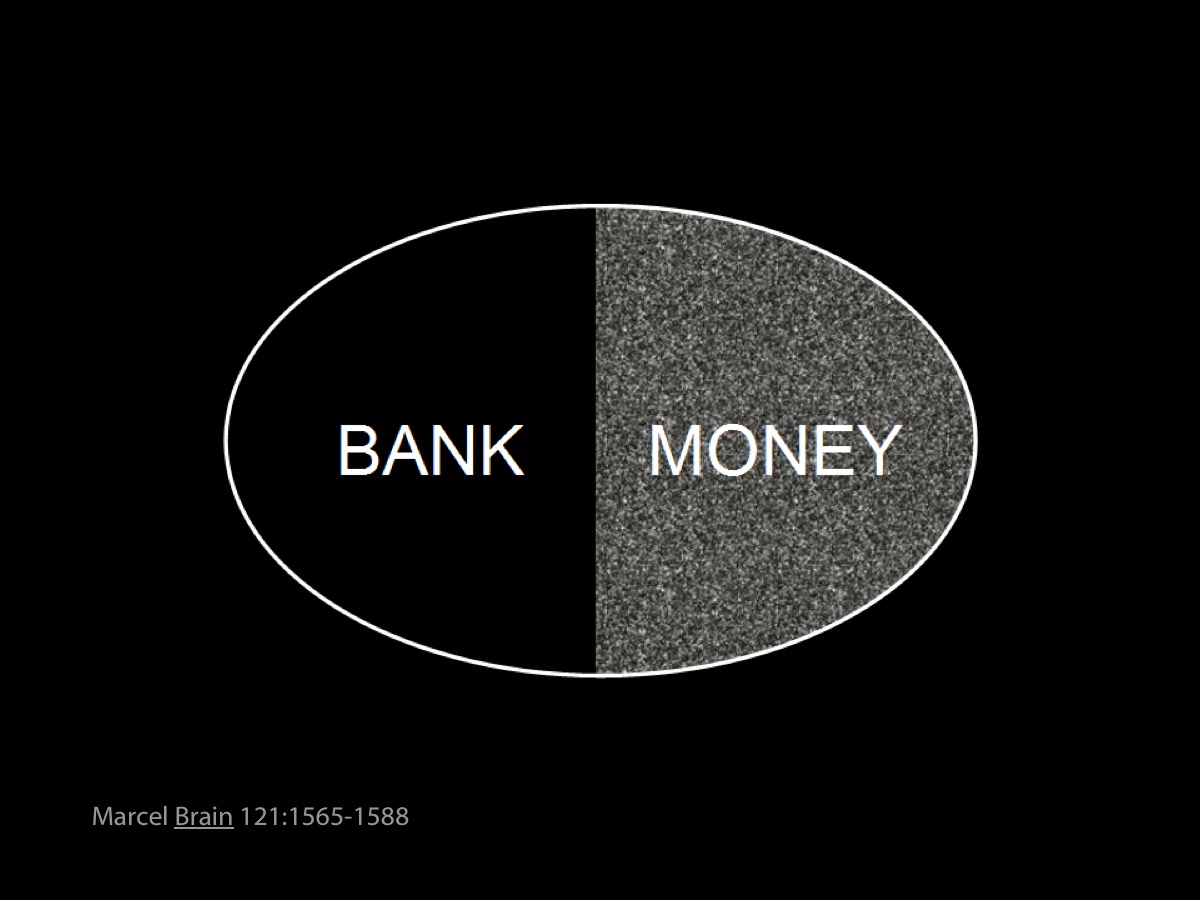
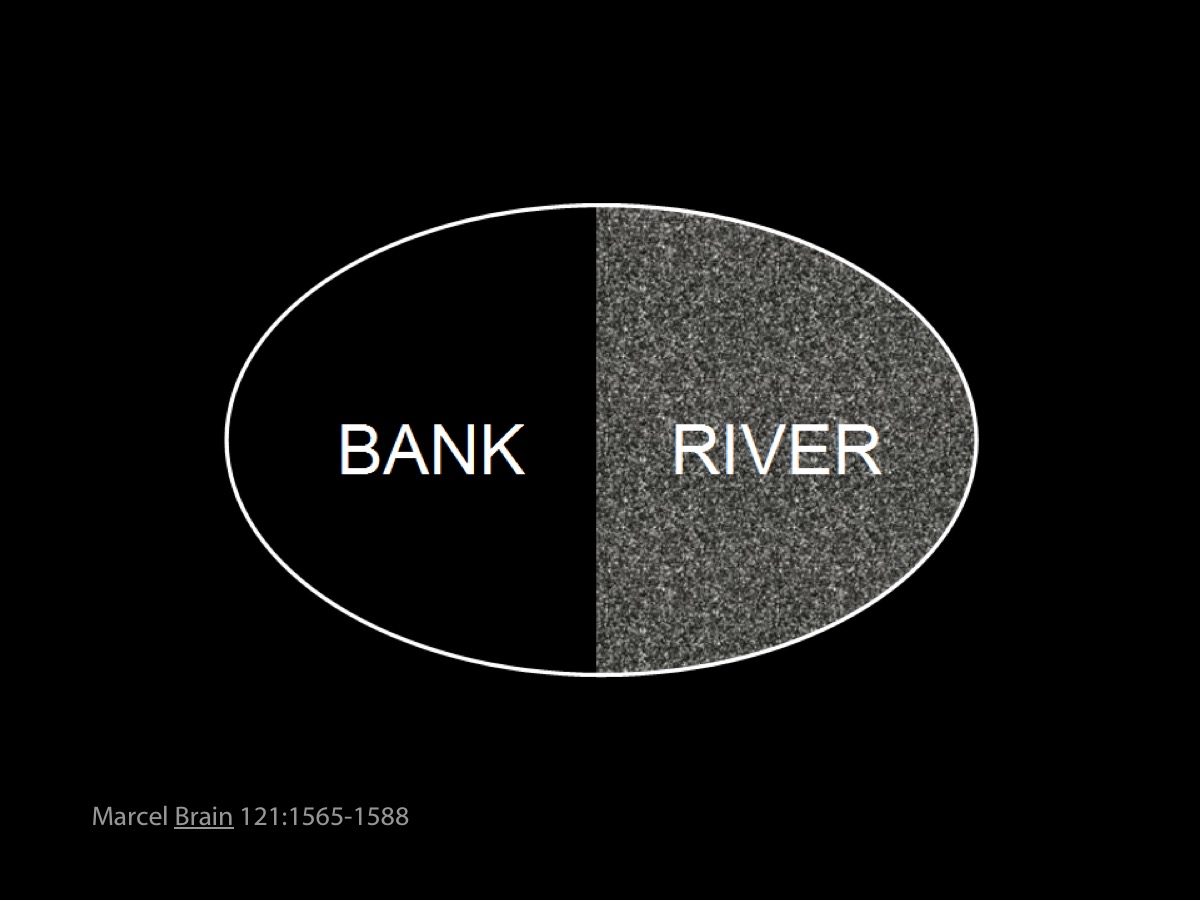




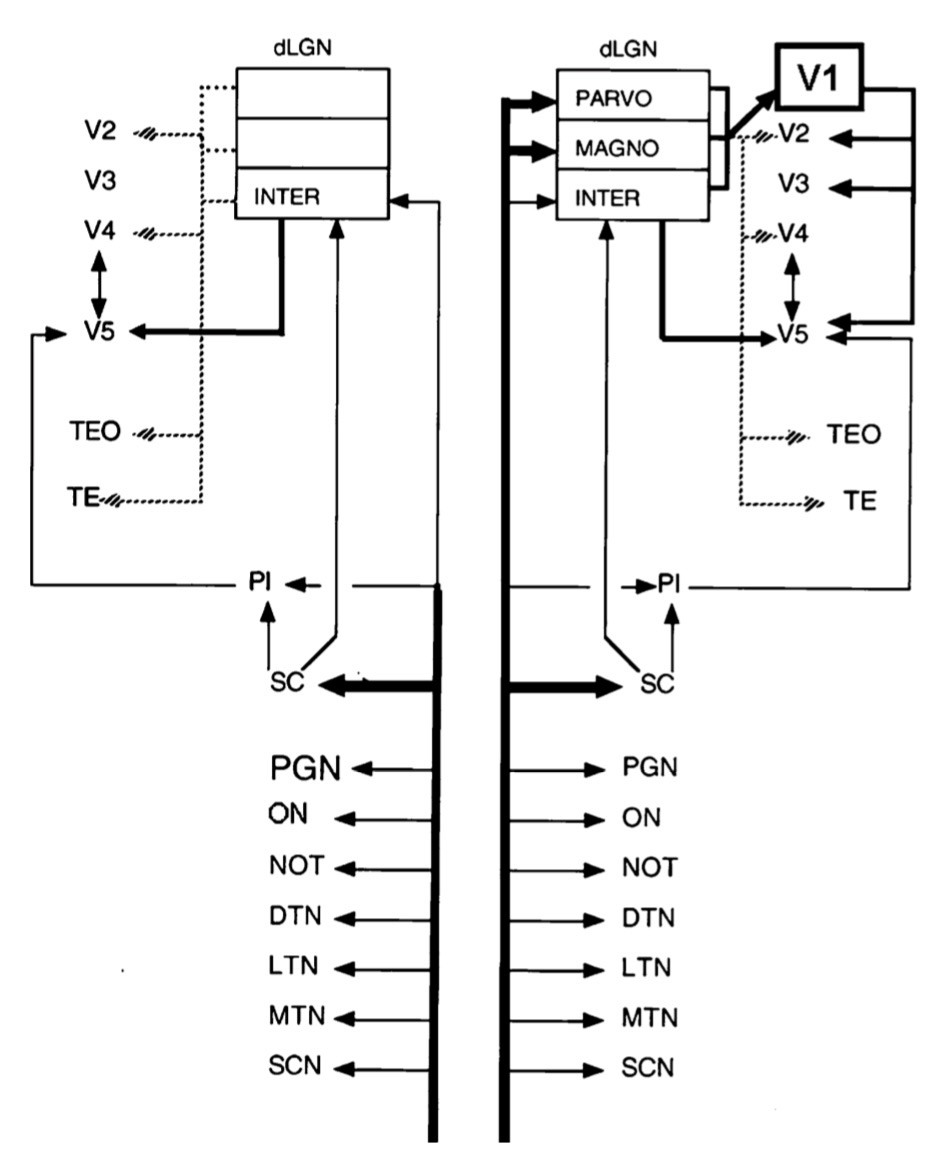

Cowey, 2010 figure 2
Show me some evidence!
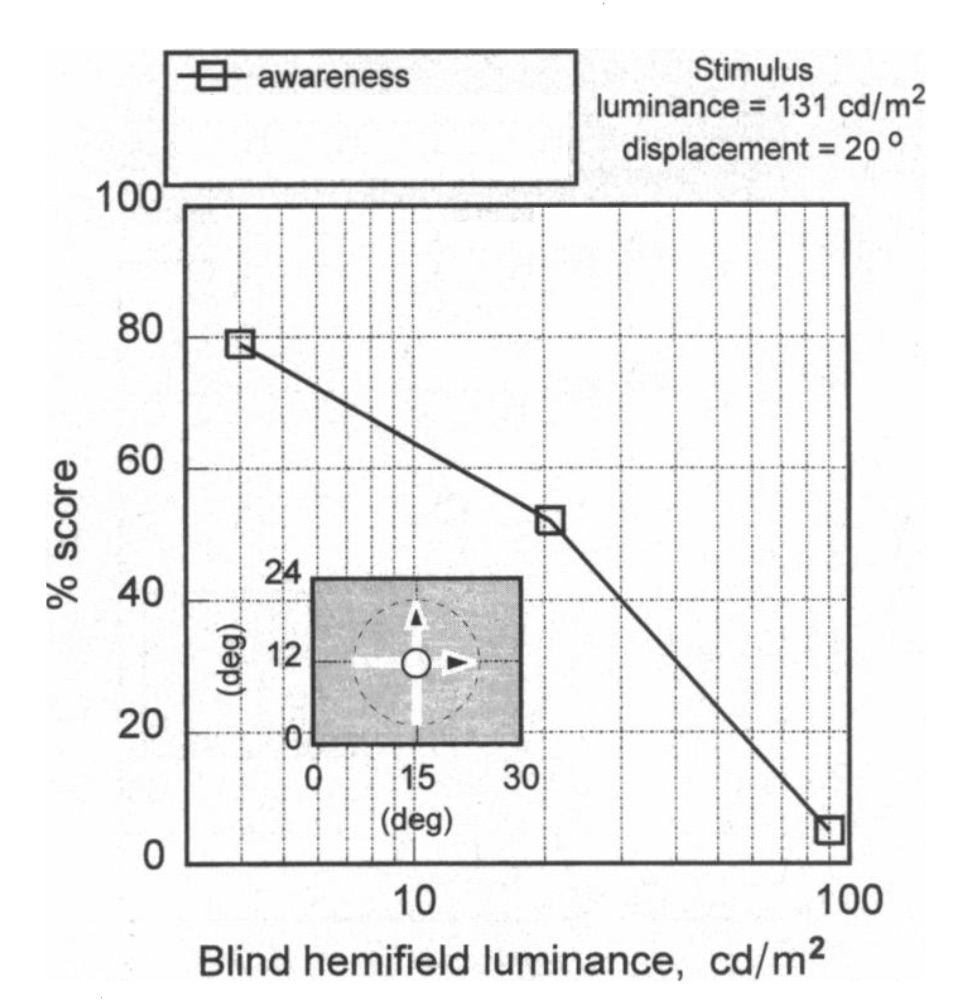
Weiskrantz et al, figure 2
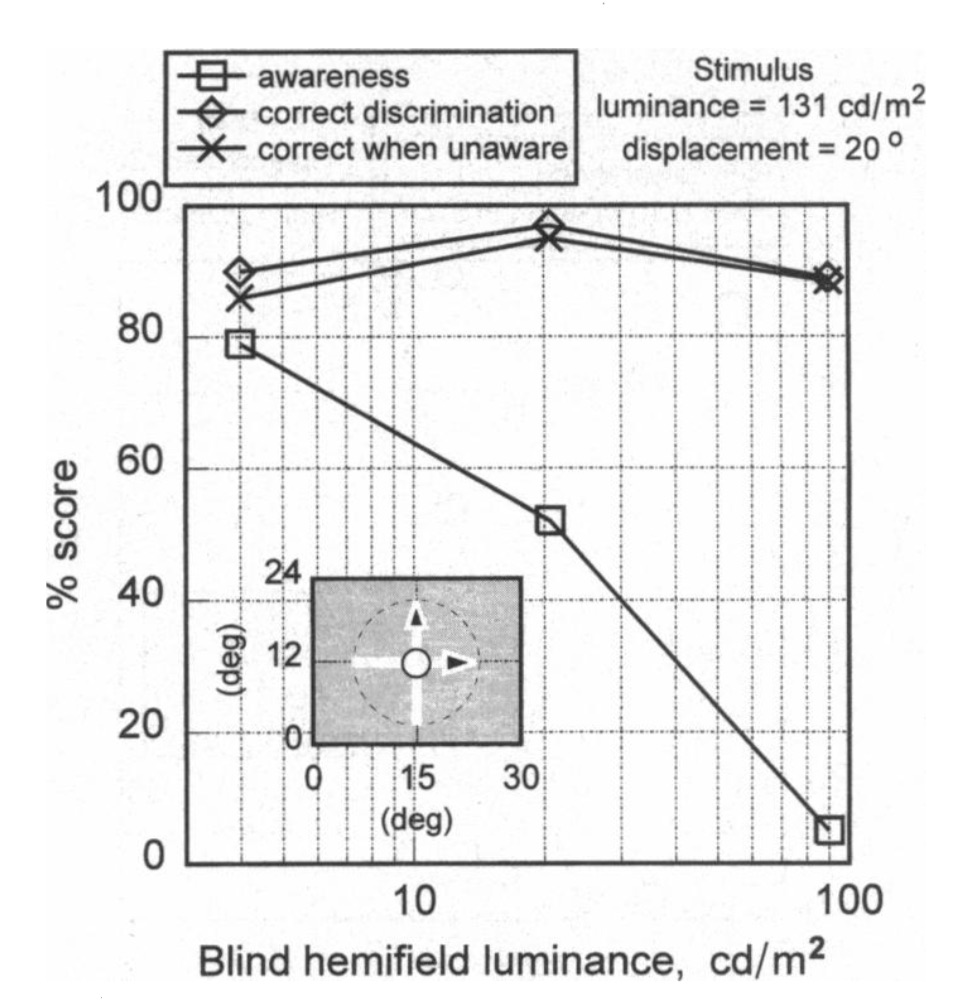
Weiskrantz et al, figure 2
Awareness makes no measurable difference to action.

What are the functions of perceptual awareness?
Simplest Idea:
Perceptual awareness enables control of action.
Ex. You can point at the dot because you are visually aware of it.
Objection : Blindsight reveals that sometimes variations in perceptual awareness of the dot make no measurable difference to action.
‘there is no clear case of a task for which consciousness is required’
Shea & Frith, 2016